آکریلونیتریل بوتادین استایرن یا ABS یک ترموپلاستیک با ساختار آمورف است که از پلیمریزه شدن استایرن و آکریلونیتریل درحضور پلی بوتادین ساخته شده است که بسته به درصد هر یک از مونومر ها در ترکیب خواص متفاوتی به وجود خواهد آمد.
حضور گروها های قطبی نیتریل باعث می شود که ABS از پلی استایرن خالص قوی تر باشد.استایرن باعث ایجاد سطوح براق و غیرقابل نفوذ در پلاستیک می شود. پلی بوتادین ماده ای لاستیکی است که باعث ایجاد چقرمگی حتی در دماهای پایین می شود. به طور کلی می توان گفت ترکیبات ABS در دمای 20 تا 80 درجه سانتی گراد از مشخصات مفید برخوردارند.
با تغییر نسبت پلی بوتادین به سایر آکریلو نیتریل و استایرن میتوان تغییرات دلخواه در خواص این پلیمر را ایجاد نمود. برای مثال با تغییر میزان این ماده میتوان میزان مقاومت و ضربه پذیری پلیمر را تحت تاثیر قرار داد.
ABS ها در برابر اسیدهای آبی، قلیاها، اسیدهای فسفریک،الکل ها و … مقاوم هستند اما در موادی مانند استرها، کتون ها و اتیلن دی کلراید محلول هستند.
این ترکیبات در صورت قرار گرفتن در معرض نور خورشید و دماهای بالا می توانند قابل اشتعال باشند.
ABS به راحتی ماشین کاری می شود. روش های معمول ماشین کاری عبارتند از حفاری،فرز، اره، برش و …
قیمت پایین،وزن سبک و قابلیت تزریق این پلیمر باعث می شود از آن در ساخت محصولاتی مانند لوله های زهکشی، اجزای سازنه اتومبیل، وسایل پزشکی، لوازم آشپزخانه، صفحه کلیدهای کامپیوتر، اسباب بازی ها، آجر های LEGO و … استفاده شود.
در کنار تمام مزایای ذکر شده، ABS معایبی هم دارد که گاها استفاده از این ماده را با چالش روبه رو می کند. برخی از این موارد عبارتند از : حساسیت به شعله، سمیت در روند تولید، جذب بالای رطوبت، عدم مقاومت به هوازدگی و …
این پلیمر در دمای بالای 400 درجه سانتی گراد به اجزای سازنده آن تجزیه می شود که در میان آنها بوتادین و آکریلونیتریل برای انسان سرطان زا هستند.


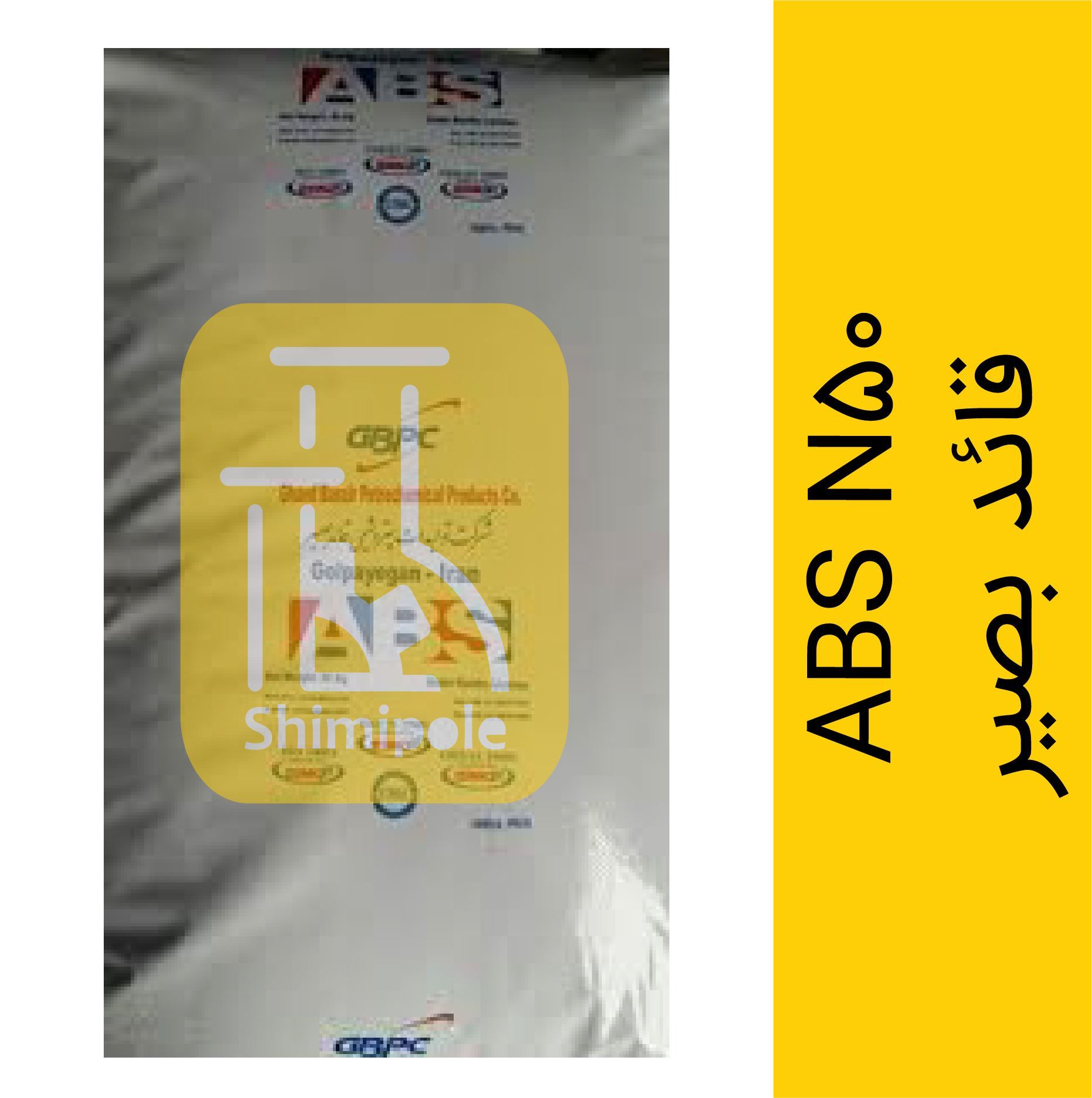
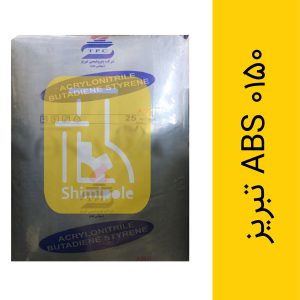
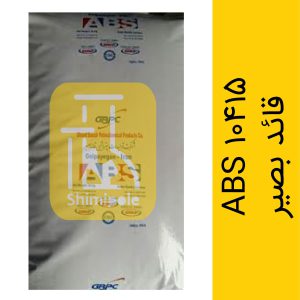
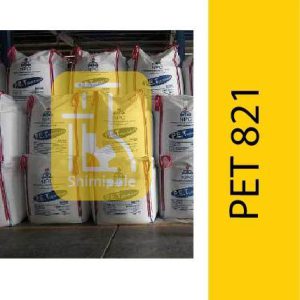
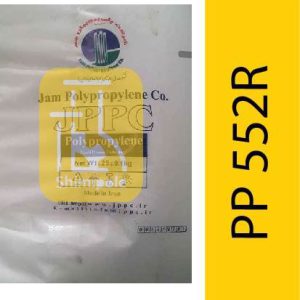
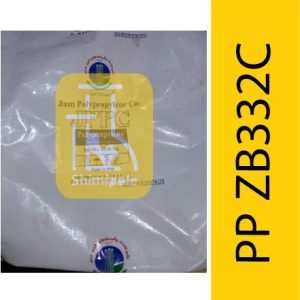
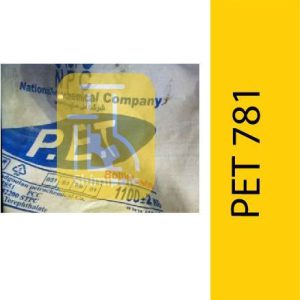
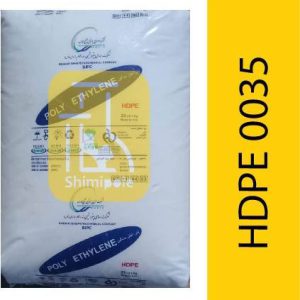
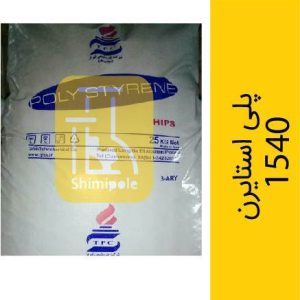

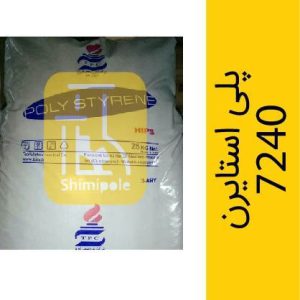

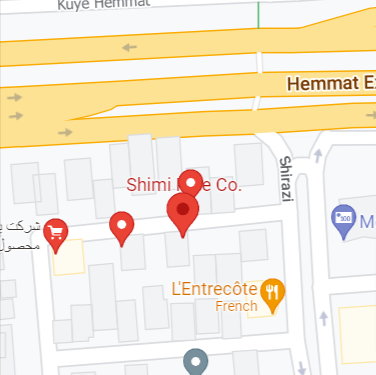
نقد و بررسیها
پاککردن فیلترهاهنوز بررسیای ثبت نشده است.